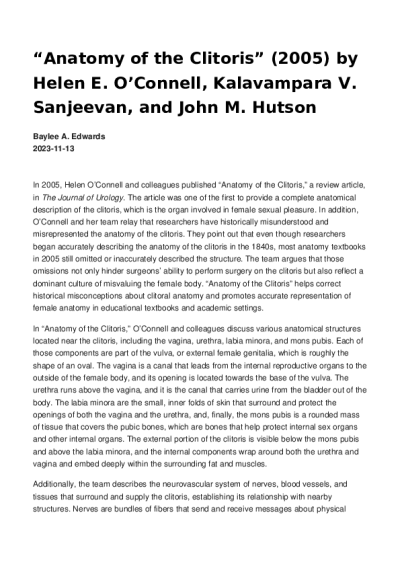
Tribes in the Pacific Northwest (PNW) are working to increase First Foods access, heal ecosystems, preserve their cultures, and prepare future generations to culturally manage First Foods landscapes as their ancestors have done for millennia. This paper examines present-day government food system funding and advocates for the integration of tribal governments into funding systems and to address the funding gaps where agricultural funding does not reach First Foods cultures.
This paper explains how Pacific Northwest First Foods cultures are unique from agricultural tribes in many other regions of the U.S. and explores how funding structures built for individual businesses do not match the cultural and environmental context for First Foods.
This paper seeks to bring attention to regional funding needs for tribal governments in the Pacific Northwest and contribute to the national Indigenous food policy agenda. Lastly, this paper also seeks to outline the funding discrepancy for tribal governments, spark regional conversations to build consensus around First Foods funding needs, and prepare tribes for potential First Foods funding in the future.
Based on interviews with staff and leaders from 4 tribal governments, funding policy recommendations were developed that include tribal government capacity building, tribal consultation, cultural resources, outreach, education, workforce development, First Food diet and public health, tribal community infrastructure, Land Back, cultural land management, climate crisis risk-reduction, extinction prevention for rare species, and other unique First Food funding needs.


Vasectomy is one of few widely available methods of contraception for people with male reproductive systems aside from condoms, abstinence, and the withdrawal method, and it is the only one of those options that can be permanent (Amory 2016). The procedure’s prominence has led me to investigate the history of vasectomy and particularly the evolution in vasectomy technique over time. Since its introduction in the late nineteenth century, the procedure has had a variety of impacts on many people across the world. In this research project, I have sought to analyze what the technical evolution of vasectomy reveals about the changing priorities of the medical systems that use it. In particular, I point to ways the eugenics movement’s attempts to control individual reproduction have led to both vasectomy’s efficacy and its restrictiveness.

"Anatomy of the Clitoris" (2005) by Helen E. O'Connell, Kalavampara V. Sanjeevan, and John M. Hutson

